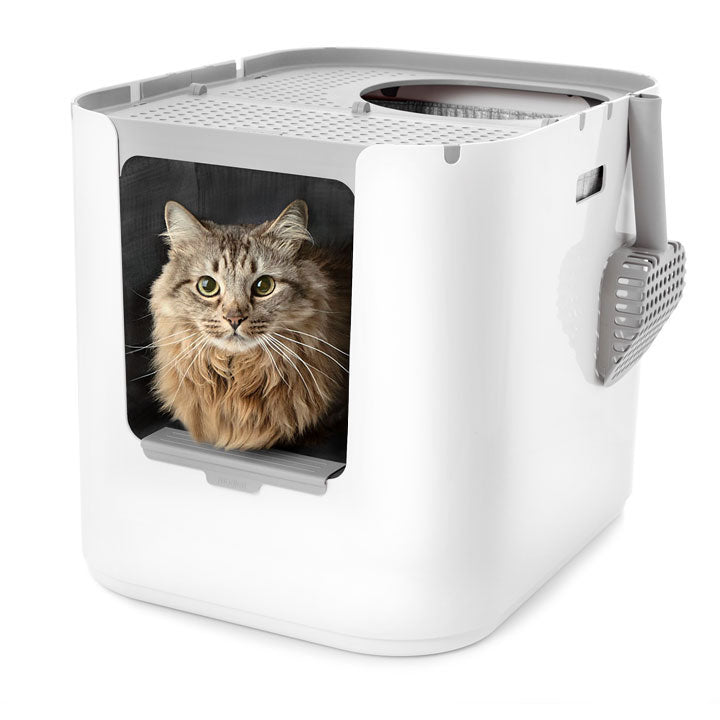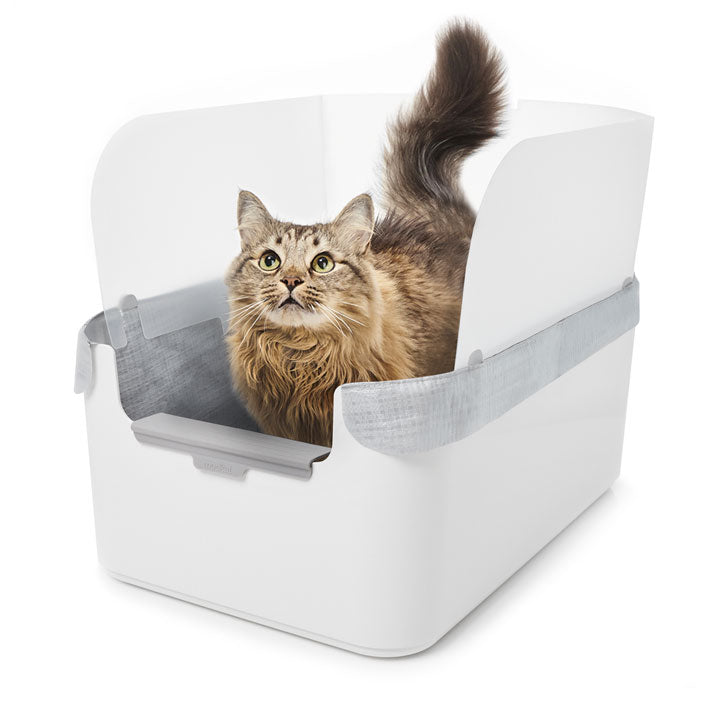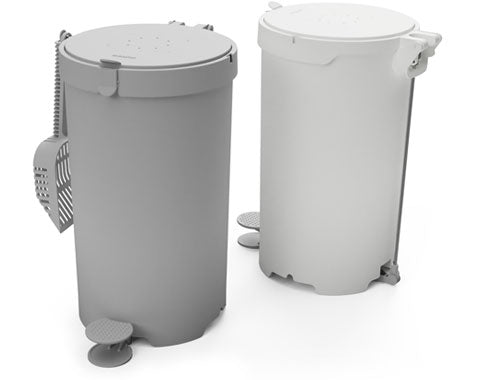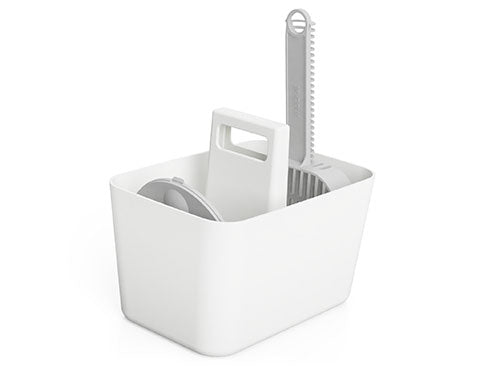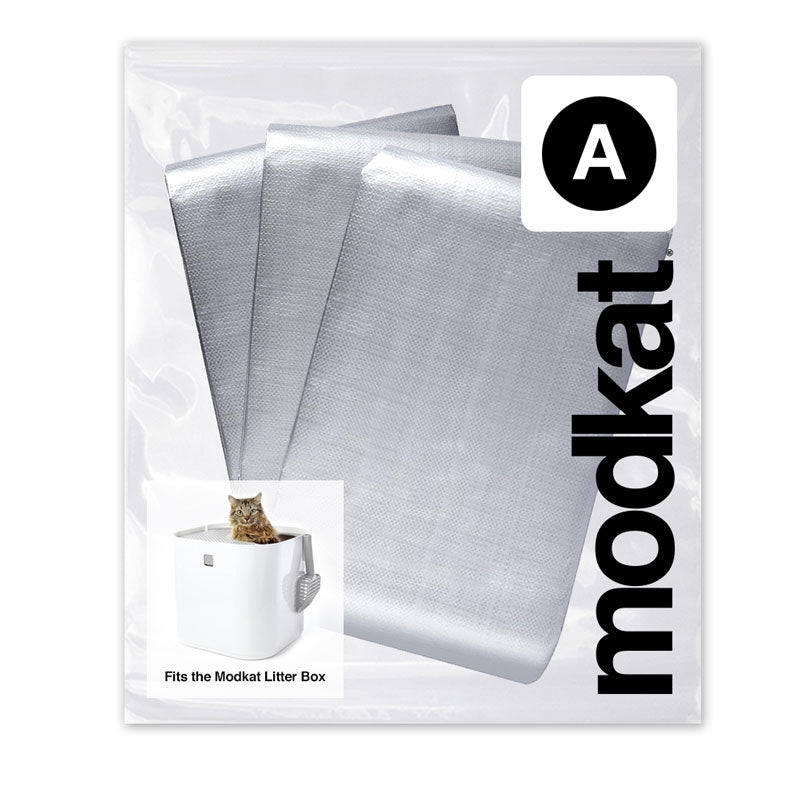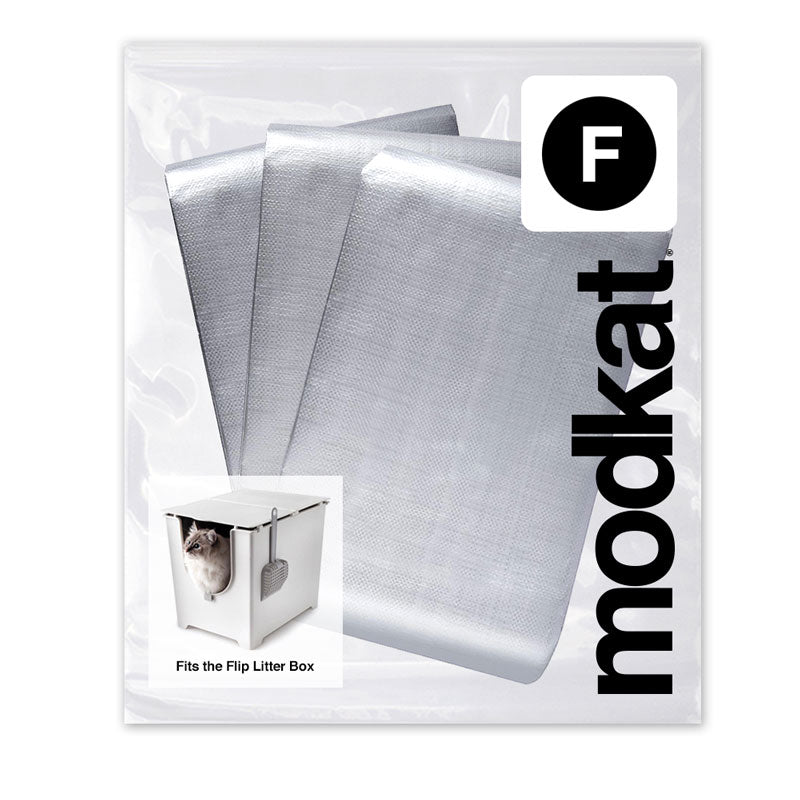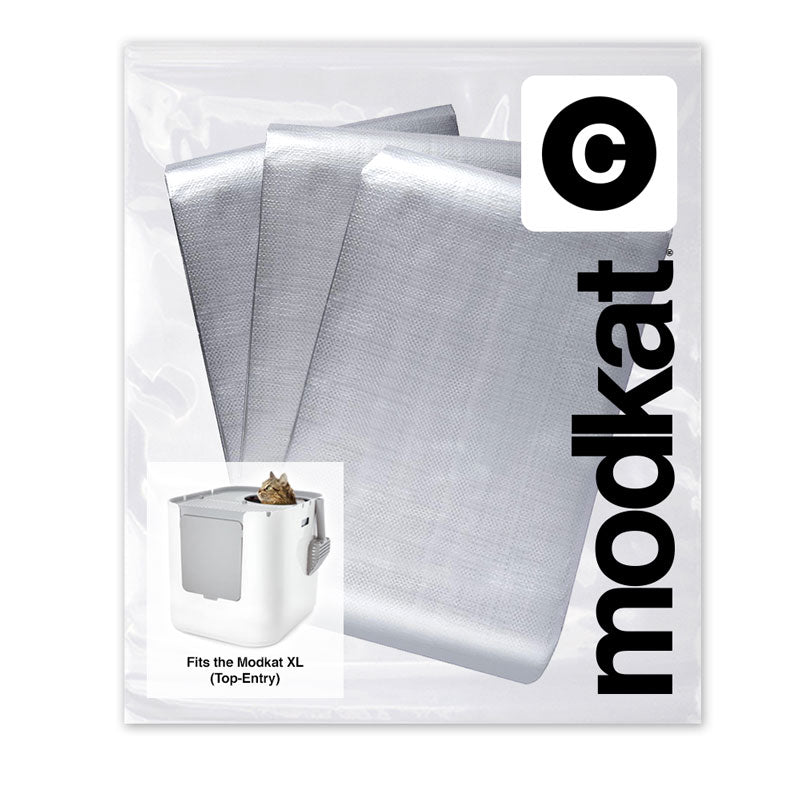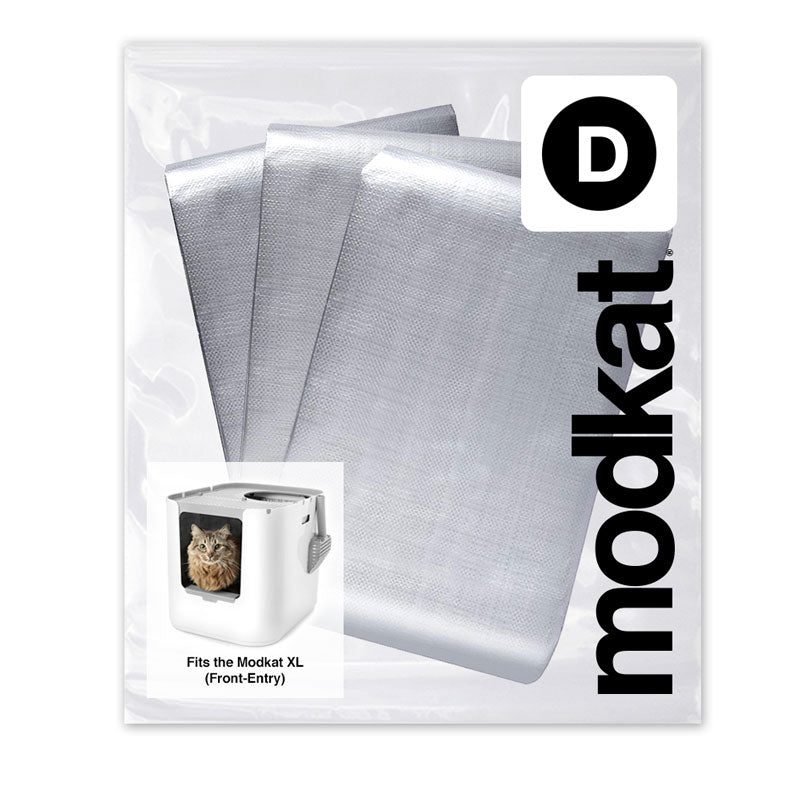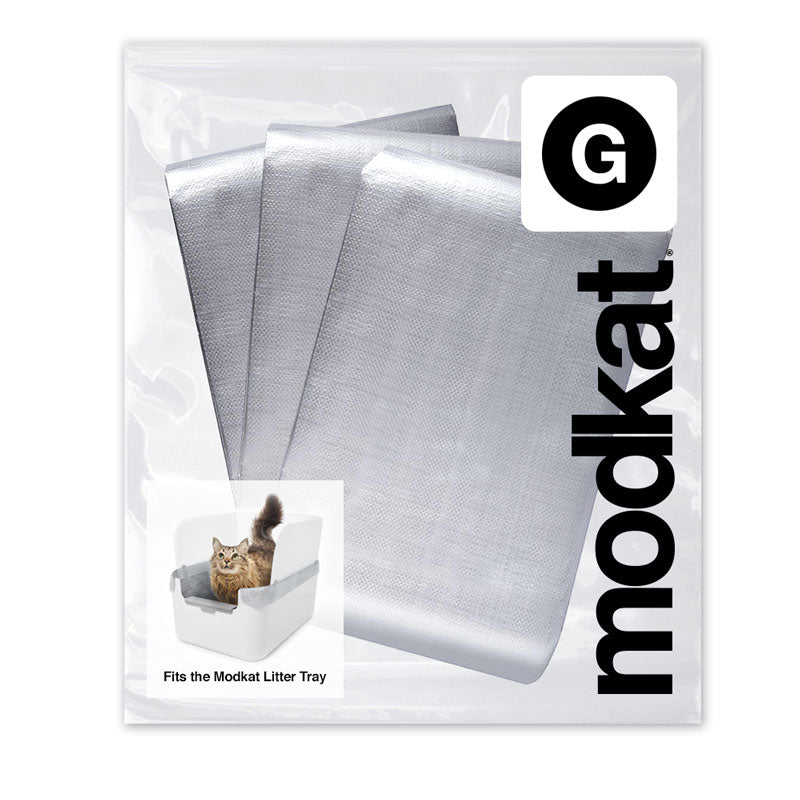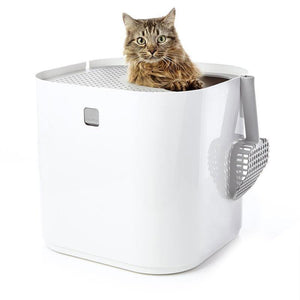Litter Boxes
Accessories
Liners
3 Tricks to correct a cat’s undesirable behavior.

That handy dandy squirt bottle someone recommended to correct your cat’s unwanted behavior is ineffective, according to animal behavior experts. The method so many cat parents have relied upon instead fosters ill will between you and your feline friend and creates a frustrated, fearful, and confused cat.
So many cat guardians use a spray bottle to keep their kitties from scratching furniture, climbing on countertops, or marking territory. It might seem to work as a disciplinary tool, but you can be sure that when you’re not around to squirt the water, your cat is scratching, climbing, and marking in your absence, oblivious to why those things irritate you in the first place.
It helps to understand why cats engage in unwanted behaviors before you resort to punishment. They’re not doing it to grate your nerves, upset you, or intentionally destroy your property. Cats are satisfying a need when they scratch, climb, mark, and investigate places and things around them.
A healthy and happy cat scratches to help him shed old nail sheaths, stretch his back and shoulder muscles, and release stress. He also is using his paw’s scent glands to deposit his unique odor when he scratches surfaces. So if you punish your cat for doing what comes naturally, such as scratching, he may come to fear you and resort to clawing other surfaces.
Climbing on counters may indicate your cat is hungry. He’s likely figured out that countertops often contain food or food particles, especially if you’re preparing his food bowls on the surface. He may have even discovered a morsel or two while exploring your countertops at some point, so he’s looking for more.
Unwanted marking throughout the house might signal your cat is bored and wants more of your attention. She may be feeling lonely or neglected. Possibly, there’s an issue with the litter box. Cats will find alternative places to go if the box is dirty, stored in a location your cat feels unsafe, or filled with a type of litter your cat dislikes. If that’s the case, you may have a cat that’s developed litter box aversion.
Here are three tips for correcting unwanted behavior so you can use that squirt bottle for more practical applications, like misting your plants:
1. Meet your cat’s needs.
Provide your cat with scratching posts in various locations throughout the house. These posts come in a variety of styles, and your cat may have a preference. Observe what seems to work for your kitty, and reward him with a treat or praise when he uses a scratching post appropriately.
If he’s climbing on counters, be sure to keep the surfaces clean. Feed your cat on time and keep his water bowl filled. Your kitty may benefit from a healthy treat on occasion to ward off hunger before mealtime.
To address inappropriate marking and litter box aversion, take a look at your current setup. Maybe try a different litter box and type of litter. At Modkat, we offer several litter box styles to suit every cat's taste. Or if it’s a cleanliness issue, be sure you’re scooping every day. Cats prefer a clean box to do business in.
Consider ramping up playtime with your cat. If he’s bored, he may engage in unwanted behaviors. Meeting his needs for playtime and interaction could help curb some of that undesirable marking and getting into things.
2. Offer positive reinforcement.
When you catch your cat being good, reward him with a treat or praise and affection. The Humane Society says rewarding good behavior regularly helps your cat make a positive connection and he’ll likely repeat the more desirable behavior since he knows it reaps a reward.
3. Don’t acknowledge bad behavior.
It might be difficult to do, but the experts recommend ignoring the behavior. Yelling or hitting your cat will only breed fear, and the act of speaking to your cat during the unwanted behavior could be viewed as attention. Instead, stay silent and walk away from your cat. Eventually, your cat will figure out the undesirable behavior elicits a negative reaction from you and she’ll stop the behavior in order to reconnect.
Punishing your cat for doing what comes naturally can compromise the human-feline bond you’ve worked to create. Trust is key between a cat and his human companion. Protecting that delicate relationship calls for a more humane and effective training method. It’s time to seal the spray bottle. 🐈
“It looks nicer than any other hooded or open option we considered.”

Purrr News.
Join our email list and get exclusive access to new products, the best cat litter box health articles, and 10% off your first order!
Similar products related to this blog:
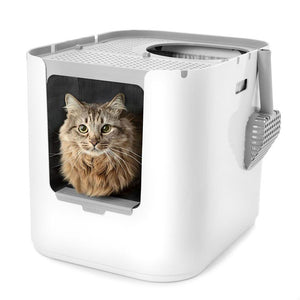
"It looks nicer than any other hooded or open option we considered."

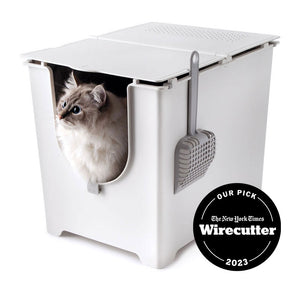
"This litter box keeps everything in, nothing gets out the sides."
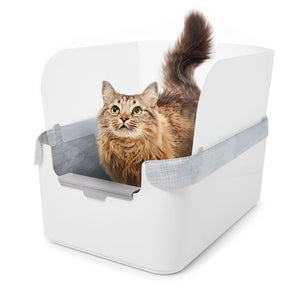
"My beautiful ragdoll cat and I both love the new Modkat Litter tray!"

